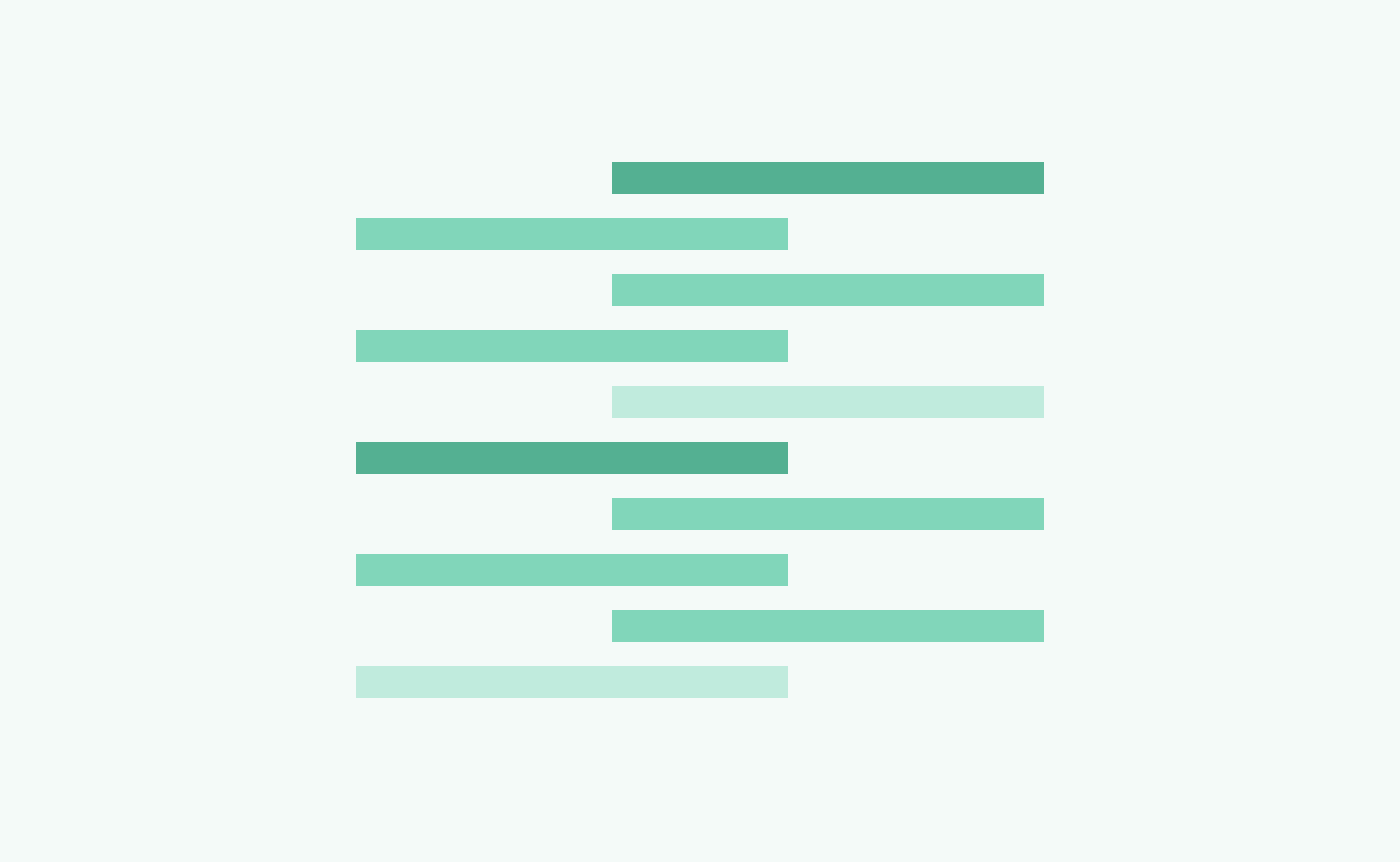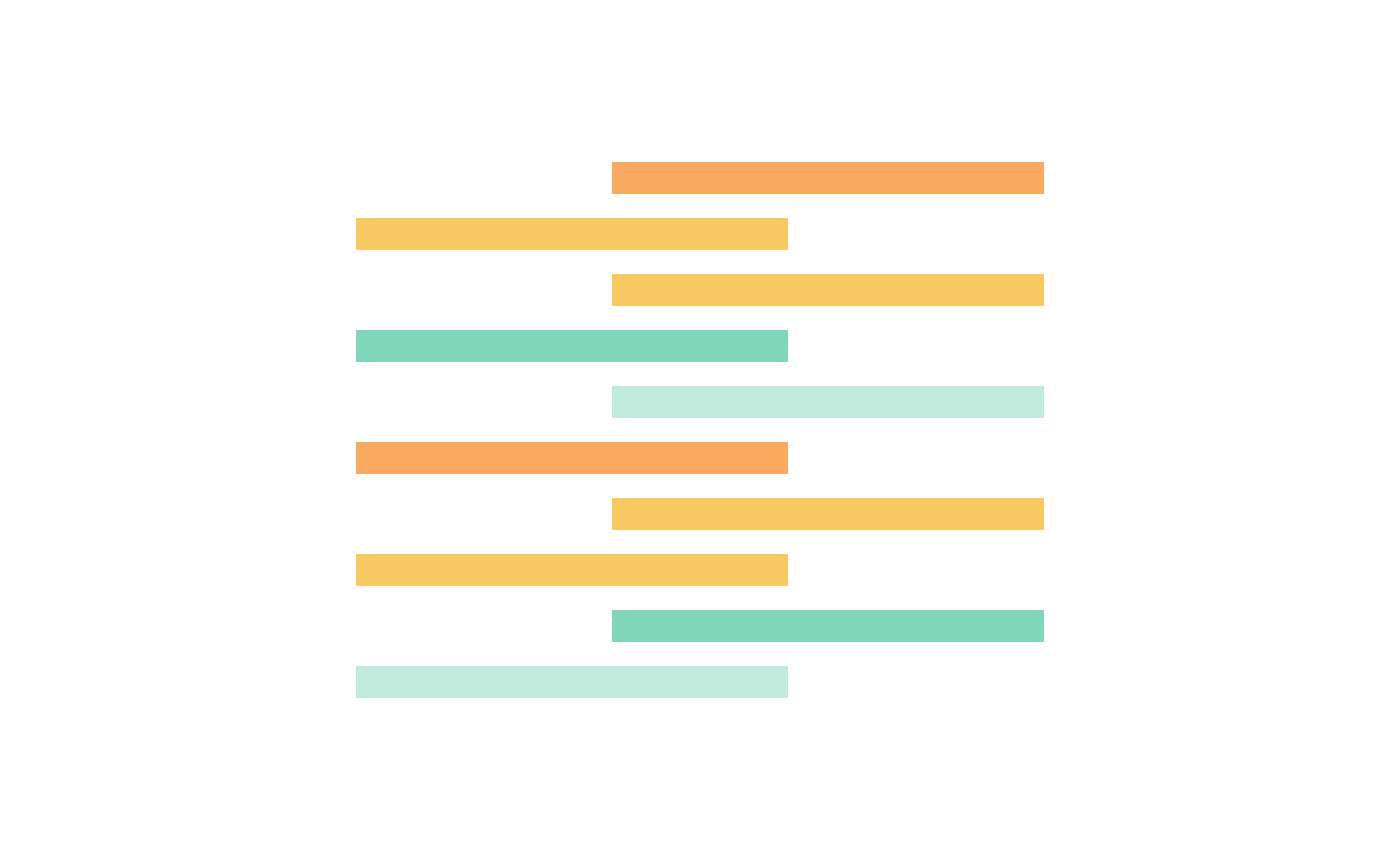Table of Contents
What is economic data?
Economic data measures the financial health or wellbeing of a country, specific regions, or individual markets. It is often presented in comparison with past measures. This data is used to power economic analysis and enrich other categories of financial data.
Where does the data come from?
The majority of the economic data of a country or a region comes from government agencies such as the Bureau of Economic Analysis, Central Banks, and the U.S. Census Bureau, or intergovernmental organizations, such as the EU. Data for specific industries or markets comes from market research along with various published reports. Economic data is typically historical data collected and curated over a given period.
What types of attributes should I expect?
Attributes of economic data vary based on countries and cover the standard economic indicators. They include:
- Gross Domestic Product (GDP)
- GDP growth rate
- Government debt to GDP
- Gross national expenditure
- National wealth
- Balance of trade
- Interest rate
- Inflation rate
- Unemployment rate
- The population of the country or region for context
- International Trade
- Exports
- Industrial Production
- Federal Reserve
The data attributes may also cover prices, taxes, employment data, retail sales, housing starts, home sales, and other relevant business and trade data, typically published by government or trade organizations.
How should I test the quality of the data?
Testing the quality of the data is primarily about the credibility of the sources and if the vendors double-check their data with other indicators. Data accuracy, completeness, consistency, and timeliness are critical factors in this case, as this data forms the basis for policy decisions. Some economic data attributes change quarterly, some may change daily, while some change as required. Standardization of data is essential in such cases. For the same reason, the timeliness of data has a significant role, and verification of regular data updates is necessary.
Another peculiar challenge with economic data is knowing the context with the scale of the category. Make sure that the data includes the reference population or scale.
To test the quality of the economic data:
- Ensure the credibility of the sources.
- Test the data for accuracy, consistency, and completeness.
- Confirm that the vendor regularly updates datasets and delivers only the most recent data.
- Verify that the data is clean, standardized, and relevant to your use case.
Who uses economic data?
Government agencies, non-governmental organizations and economists use this data for identifying economic problems and deciding economic policy. It can also be used by financial service providers and researchers for analysis and economic research. Other industries use economic data for adjusting their forecasts and developing their expansion strategy.
What are the common challenges when buying economic data?
Accuracy is the most common challenge when making the buying decision on economic data. The data collected from different sources may not be consistent and should be verified with reliable sources of the same data. Verifying the source credibility is also a top challenge considering that some reports may not present the data precisely. Economic data is typically historical, but some attributes may change daily, and they need to be tested for recency.
- Data accuracy: Authenticity of the data sources is what drive the accuracy of the data. Some published reports may not present complete or accurate data due to their constraints. Sourcing from these reports can impact the data accuracy.
- Source credibility: While government agencies provide trusted data (such as the Consumer Price Index – CPI), some other sources of economic data may not deliver accurate or updated data. The vendor must ensure the credibility of sources to provide clean, standardized, accurate data.
- Data timeliness: Economic data attributes get regularly updated, sometimes daily, and the data used to power your analysis must be the most recent data. Economic data is leveraged to make policy decisions, and old data may lead to poorly defined policies.
What are similar data types?
Similar data types include macroeconomic data, housing market data, commodity market data, consumer confidence data, foreign exchange market data, stock market data, M&A data, and other related financial data categories used in economic analysis.
You can find a variety of examples of business and financial data in the Explorium Data Catalog.
Sign up for Explorium’s free trial to access the data available on the platform.
What are the most common use cases?
Powering economic analysis and economic forecasting are the two most common use cases of economic data. Industries also use this data for growth or expansion strategy. This data can enrich other categories of financial data for various use cases of financial or time series analysis.
- Economic Analysis: It is the process of examining the existing economic climate, identifying its strengths and weaknesses, and discovering the opportunities for improvement. Economic analysis uses economic modeling and modern technological tools to deliver deep insights. Government agencies use economic analysis for developing economic policies and economic calendars, financial institutions use it to assess the effect on commodities (such as natural gas) or stock markets, and companies use it to discover growth opportunities. Along with other categories of financial data, economic data powers economic analysis.
- Economic Forecasting: It is the process of predicting the future of an economy. Economic forecasting is typically done for a countries, it can also apply to apply to regions and states. Accurate economic forecasting with a reliable model empowers governments and companies to leverage economic opportunities and plan their strategies. Economic forecasting also helps them assess financial risks and develop mechanisms for mitigation. Data presenting the financial wellbeing of a country or region contributes to the model of economic forecasting.
- Expansion Strategy: As businesses continue to expand across the globe for customers and suppliers, understanding the economic health of different regions becomes critical. While planning their expansion strategy, companies take into account the economic data of the countries and regions. Visibility into the region’s risks and opportunities can help them plan business inventories and distribute their sources efficiently.
Which industries commonly use this type of data?
Most government, semi-government, and intergovernmental agencies commonly use this data. Financial service providers, insurance providers, and banks also use this data extensively for economic research and analytics. Other industries that may use it for analysis and forecasting include retail, CPG, travel, hospitality, leisure, entertainment, manufacturing, and hi-tech.
How can you judge the quality of your vendors?
Vendors mostly use government sources along with reports and data from other sources to provide economic data. The accuracy and trustworthiness of the data will depend on the quality of vendors. Reviews, ratings, and testimonials from customers offer valuable insights into the quality of the vendors. You can also leverage case studies and demos available on vendor websites to choose the right vendors for you. Discussing your concerns and requirements with vendor reps is an effective way to assess the suitability of vendors for your projects.
- Customer reviews and ratings: Most vendor websites provide feedback from customers, which can be in the form of ratings, reviews, and testimonials. You can leverage this information to understand both positive and negative points about the vendor service. Feedback about the scale of datasets or the ability to deliver custom datasets can help you evaluate the vendor suitability for your use cases.
- Case studies: If the case studies align directly with your projects, you can immediately check if the range and quality of data attributes match your requirements. Case studies also demonstrate the extent of vendor engagement and commitment to projects.
- Demo: A demo shows the datasets in action, also highlighting the vendor capability of integration. Most vendors provide sample datasets directly or on request to assess if they suit your purpose. Demo and sample datasets give you a good indication of quality for shortlisting vendors.
- Interacting with vendor reps: If you have shortlisted vendors based on customer reviews, case studies, and demos, the next step would be to discuss with their reps. The capability and knowledgeability of the reps give you a glimpse of how far the vendors go to demonstrate their competence. Interacting with vendor reps is an opportunity to discuss your requirements and get your queries resolved.
















